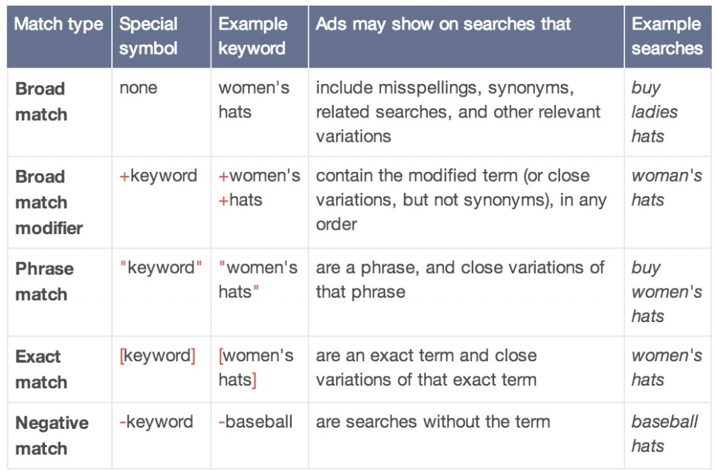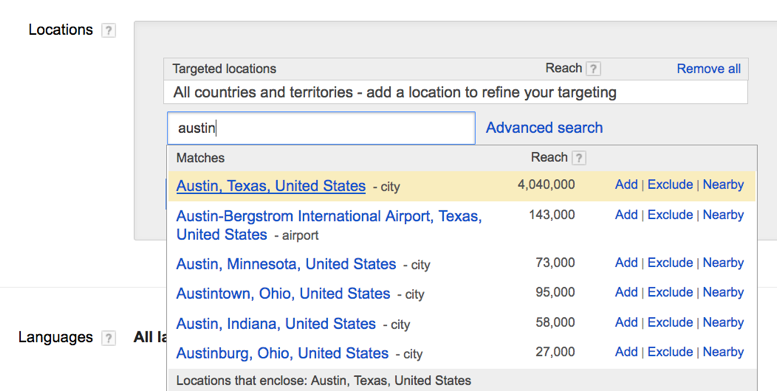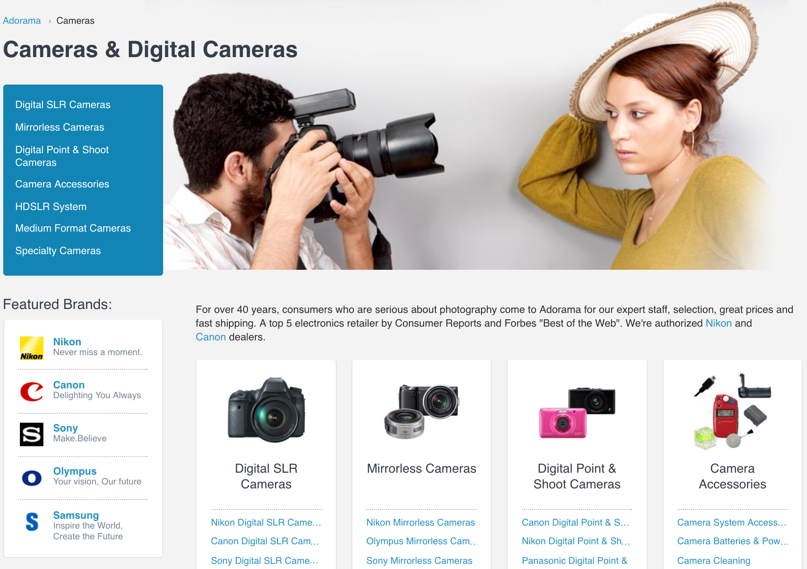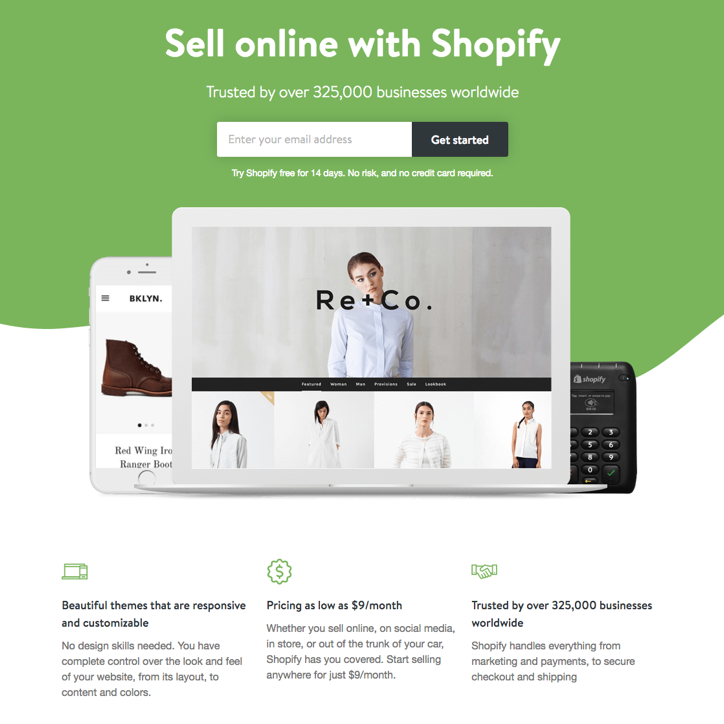Conversion rates are perhaps the most important metrics in AdWords. Why?
Because if a campaign is barely generating any sales, it doesn’t make sense to continue pouring money into it. You would only be burning through your marketing budget with little to show for. But if a campaign consistently produces sales, you can increase your bids and fine-tune your ads to make them even more profitable.
Conversion rates can be calculated by taking the total number of conversions a campaign generates and dividing by ad clicks. If a campaign results in 40 conversions from 1,000 clicks on average then your conversion rate would be 4%.
If your local AdWords campaigns aren’t converting, there are several reasons why. The following looks at these in more detail and what you can do.
1. You’re Not Using the Right Keyword Match Types
If your store sells golf equipment, you might think that bidding on “golf clubs” would be a good idea. But the problem is the intention behind that search is unclear. You have no idea what kind of golf club that individual is searching for and whether they are actually looking to buy.
This distinction is important.
Bidding on broad keyword phrases might bring traffic to your landing pages but that kind of traffic is less likely to convert. So you need to be more specific with the phrases you bid on to drive more targeted traffic.
Keyword match types give advertisers more control on which searches trigger their ads.
Here’s a brief overview of each:
- Broad match: Keywords are set to broad match by default. This means your ads will be triggered by any queries that are closely related to your keywords.
- Phrase match: Phrase match helps you be more specific with your targeting. If you bid on “buy golf clubs”, those terms have to appear in the exact order to trigger your ads.
- Exact match: Exact match means that your ads only appear when a search query exactly matches your keywords. Exact match won’t generate as much traffic as broad match but the traffic is far more targeted.
Match types can have a positive or negative impact on your conversions depending on how they’re used. Here are additional examples for each match type:

A recommended approach is to start with exact match. Your campaigns will attract fewer impressions than if you went with a broad or phrase match. But the traffic will be far more targeted, something you definitely want if your goal is to boost conversions.
2. You’re Not Using Location Targeting
Equally important is location targeting.
If your customers are primarily local, it makes sense to limit your ads to only those regions your products or services are available in. The last thing you would want is for someone from a completely different part of the country to click your ad. That would only result in a wasted click and cost your campaign money.
The answer then is to implement geotargeting.
Geotargeting is an AdWords feature that lets advertisers designate specific areas to allow their ads to appear in. Anyone searching from outside that area wouldn’t be able to see your ads.
To enable geotargeting, go into a campaign and click the Edit link next to where it says Targeting at the top. Then under the Locations section, start typing in a location you want to target and the field will populate with results:

Clicking on the Advanced search link will give you additional options to narrow down the search areas even further. Use the geotargeting feature to reach local customers and boost conversion rates.
3. You’re Not Optimizing Your Landing Pages
Relevance at every step is key to converting visitors.
A well written ad that closely matches a visitor’s search query will certainly attract clicks. For example, someone searching for “Canon digital camera” will be more likely to click on an ad that contains those keywords compared to a generic ad for an electronics store. But converting those clicks largely depends on the landing page.
Your landing page needs to be relevant and reflect what the visitor is actually searching for.
A common mistake that many advertisers make is sending traffic to the homepage. The problem though is that home pages often contain many distracting elements and lack focus.
Here is an example of a landing page on digital cameras:

This page might work for broad search queries and those still in the early stages of the buying cycle. But conversions are likely to take a hit as the page is simply too general. High converting landing pages are those that reflect the visitor’s search query and capture their attention with engaging copy that is relevant to their needs.
Here is a good example of a landing page from Shopify:

Ad groups make it easy for advertisers to group related keywords together. Rather than send traffic to a generic landing page or the homepage, create optimized landing pages for each to turn each click into more sales. Taking this approach will give your campaigns a major competitive advantage.
Conclusion
Google AdWords is a proven marketing channel to increase traffic and sales.
But if your campaigns aren’t conversions, then your business is losing money. Choosing the wrong keyword match types, not using location targeting, and sending traffic to unoptimized landing pages are some of the most common culprits of a poor performing AdWords campaign. Addressing these can dramatically boost your conversion rates and contribute more to your bottom line.
